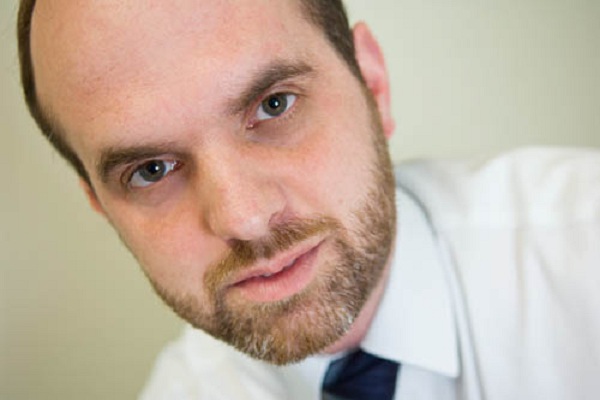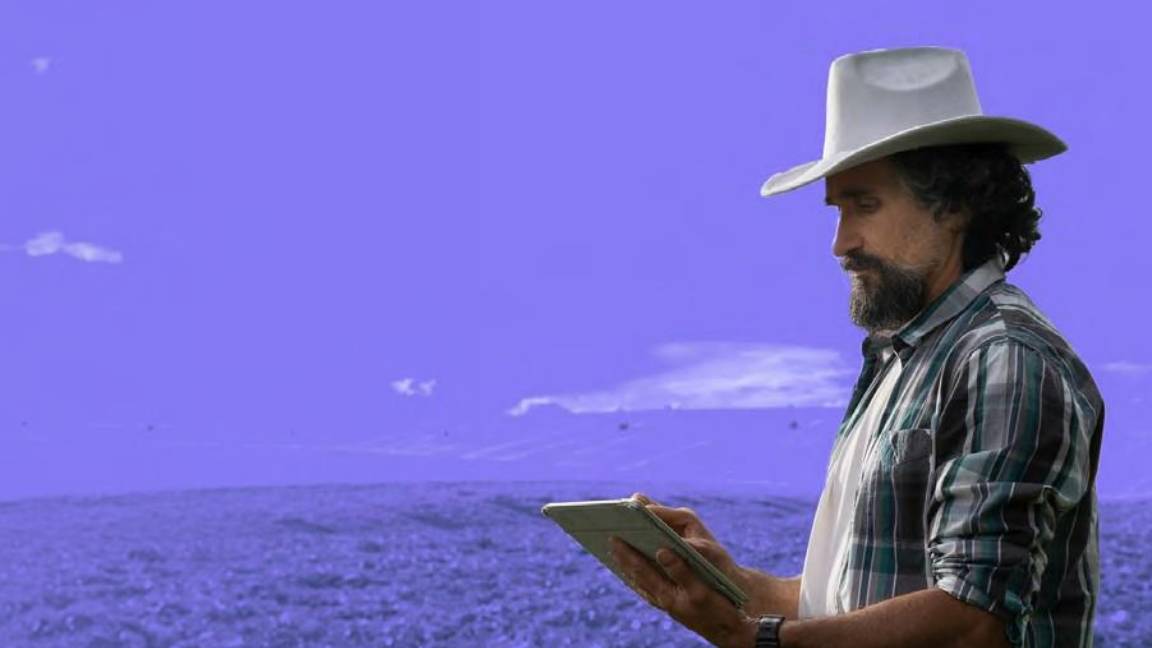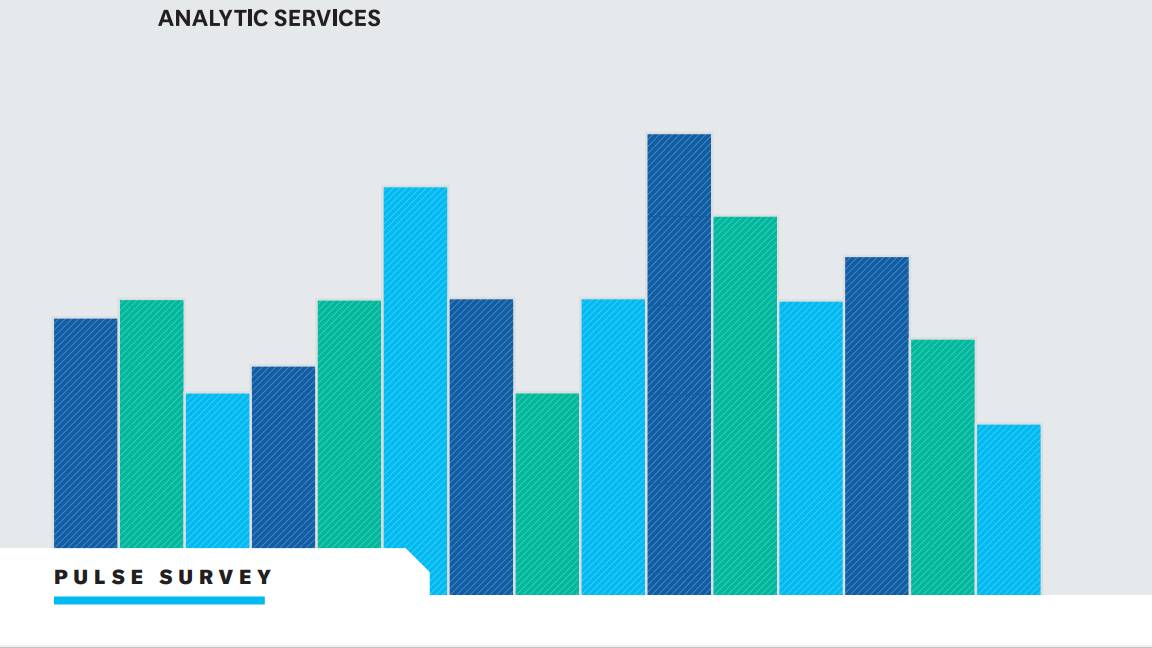Innovation innovation, innovation
How can CIOs jump on the innovation bandwagon without falling off?


The Doctor's Surgery: Dr Mark Samuels, editor at advisory organisation CIO Connect, examines the future role of the IT leader in his monthly column.
Traditional IT strategies are now about as much use as the proverbial chocolate teapot. A new type of sugar rush has usurped the once sweet-tasting five-year plan, with individuals keen to use a combination of apps, social tools and business intelligence to satisfy fast-changing customer demands.
It is a tricky task. Virtually all sectors now witness change on a bewildering scale. Examples are bountiful. Just a couple of years ago, retail giants were rushing to open more and more hypermarkets. Now, the dominance of online shopping means plans for megastores are as threatened as the traditional high street.
How can anyone spend two to three years evaluating IT spending decisions in an era when business requirements change on a daily, never mind annual, basis?
The physical product, meanwhile, is fast-becoming a footnote in cultural history, as more and more individuals choose to download or, more recently, stream their content. Last year, such content might have been consumed on small phones that lived in your pocket. Now, we have phablets' that are smarter and bigger.
The result of such changes, as well as clothes designers having to increase pocket sizes, is that long-term planning with any degree of certainty is dead for a large number of businesses across a broad range of sectors. In short, today's trend is tomorrow's fad. So, what will tomorrow bring?
Constant change is afoot, certainly but the need for flexibility does not yet necessarily resonate with all technology chiefs. An IT expert was talking to me the other day about how a thorough CIO he knew spent two to three years scoping every technology spending decision on behalf of the business.
The expert was full of praise for the individual in question. I was a bit more reticent. How can anyone spend two to three years evaluating IT spending decisions in an era when business requirements change on a daily, never mind annual, basis?
Get the ITPro daily newsletter
Sign up today and you will receive a free copy of our Future Focus 2025 report - the leading guidance on AI, cybersecurity and other IT challenges as per 700+ senior executives
The simple answer is they can't. Modern executives at all levels of the organisation cannot afford to sit back and wait. Business leaders must draw on an ecosystem of expertise to generate novel ideas. From internal innovators to external experts, executives must create a ready source of inspirational ideas.
Modern executives must also learn how to support their creative internal and external partners as they throw an awful lot of mud. CIOs, just like the rest of the c-suite, must find a means to fail fast at a cost that does not negatively affect the bottom line. Failure to hit the target will be common, but some missiles will stick.
The chocolate teapot might be a synonym for bad innovation but the fast pace of change means executives must embrace risky innovation to try and second-guess future demands.

Mark Samuels is a freelance writer specializing in business and technology. For the past two decades, he has produced extensive work on subjects such as the adoption of technology by C-suite executives.
At ITPro, Mark has provided long-form content on C-suite strategy, particularly relating to chief information officers (CIOs), as well as digital transformation case studies, and explainers on cloud computing architecture.
Mark has written for publications including Computing, The Guardian, ZDNet, TechRepublic, Times Higher Education, and CIONET.
Before his career in journalism, Mark achieved a BA in geography and MSc in World Space Economy at the University of Birmingham, as well as a PhD in economic geography at the University of Sheffield.
-
 Cleo attack victim list grows as Hertz confirms customer data stolen
Cleo attack victim list grows as Hertz confirms customer data stolenNews Hertz has confirmed it suffered a data breach as a result of the Cleo zero-day vulnerability in late 2024, with the car rental giant warning that customer data was stolen.
By Ross Kelly
-
 Lateral moves in tech: Why leaders should support employee mobility
Lateral moves in tech: Why leaders should support employee mobilityIn-depth Encouraging staff to switch roles can have long-term benefits for skills in the tech sector
By Keri Allan
-
 Predicts 2024: Sustainability reshapes IT sourcing and procurement
Predicts 2024: Sustainability reshapes IT sourcing and procurementwhitepaper Take the following actions to realize environmental sustainability
By ITPro
-
 Advance sustainability and energy efficiency in the era of GenAI
Advance sustainability and energy efficiency in the era of GenAIwhitepaper Take a future-ready approach with Dell Technologies and Intel
By ITPro
-
 2024 State of procurement report
2024 State of procurement reportWhitepaper The trends shaping the future of business buying
By ITPro
-
 Digital optimisation paves the way to strategic supplier management
Digital optimisation paves the way to strategic supplier managementWhitepaper Procurement’s role as a strategic driver
By ITPro
-
 Bringing order to the file management chaos plaguing AEC firms
Bringing order to the file management chaos plaguing AEC firmswhitepaper How a cloud-based solution, supported by edge technology, helps architecture, engineering, and construction firms boost performance and cut costs
By ITPro
-
 File data services to support modern manufacturing
File data services to support modern manufacturingwhitepaper Smart file data services deliver resilience and intelligence to the modern manufacturing organization
By ITPro
-
 Innovation in product development
Innovation in product developmentwhitepaper The latest data on how successful product development teams collaborate to build the future
By ITPro
-
 The small and medium business guide to buying
The small and medium business guide to buyingWhitepaper Optimising purchasing to save in 2024
By ITPro